The history of urban development in Brisbane, Australia, is a fascinating journey of growth and transformation. Brisbane, located in the state of Queensland, is the capital city and the most populous city in the state. Its development can be divided into several key phases:
- Early Settlement and Convict Colony (1824-1842): Brisbane was originally founded as a British penal colony in 1824, known as Moreton Bay. The settlement was established along the Brisbane River, which provided access to water for transportation and trade. The colony was initially home to convicts and military personnel. During this period, the city’s layout and infrastructure were basic and primarily focused on administrative and military needs.
- Free Settlement and Early Growth (1842-1900): In 1842, the region was opened to free settlement, leading to an influx of immigrants. The city began to grow as people established homes, businesses, and infrastructure. Key developments during this time included the construction of early roads, bridges, and public buildings. Brisbane’s location along the river contributed to its growth as a trade and transportation hub.
- Federation and Post-Federation Era (1900-1945): The early 20th century saw Brisbane becoming more cosmopolitan and modern. The city developed a grid-like street layout, and trams were introduced to improve public transportation. During World War II, Brisbane played a crucial role as a major Pacific military base and saw significant urban development as a result.
- Post-War Growth and Modernization (1945-1980): The post-war period brought rapid population growth and urban expansion. Suburban development and infrastructure projects, including the construction of major highways and bridges, allowed Brisbane to accommodate a growing population. High-rise buildings began to dominate the city skyline, and the Central Business District (CBD) saw substantial development.
- Expo ’88 and the Transformation of South Bank (1988): The hosting of Expo ’88 was a pivotal moment in Brisbane’s history. The event catalyzed urban development along the city’s southern bank of the Brisbane River, transforming it into the cultural and entertainment precinct known as South Bank. This area now hosts museums, theaters, parks, and the iconic Wheel of Brisbane.
- 21st Century and Global City (2000-Present): In the 21st century, Brisbane has continued to evolve as a modern, global city. The construction of infrastructure like the Clem Jones Tunnel and the Legacy Way has improved transportation within the city. The development of cultural precincts, educational institutions, and a diverse range of industries has further enhanced Brisbane’s status as a vibrant metropolis.
Throughout its history, Brisbane has also faced challenges such as flooding, which led to flood mitigation projects, and the preservation of heritage buildings amid urbanization. The city’s ongoing development is marked by its commitment to sustainability, green spaces, and cultural diversity, making it a dynamic and thriving urban center in Australia.

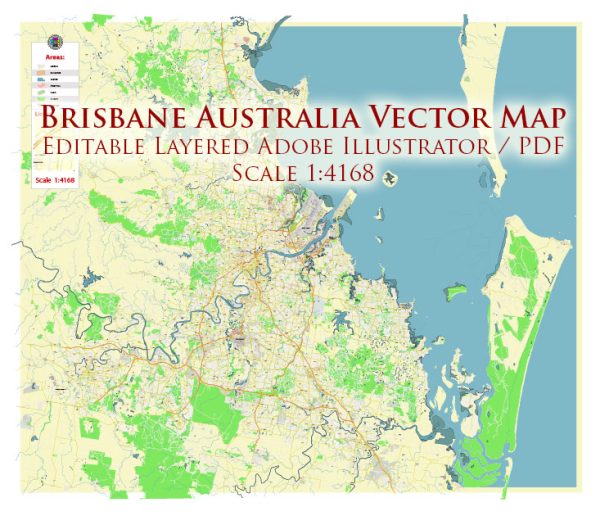
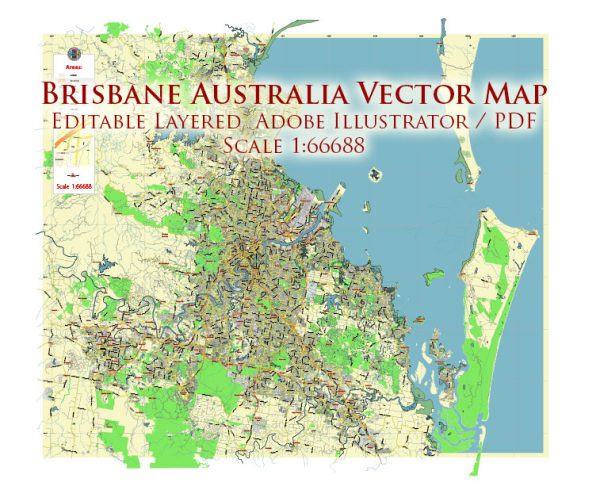
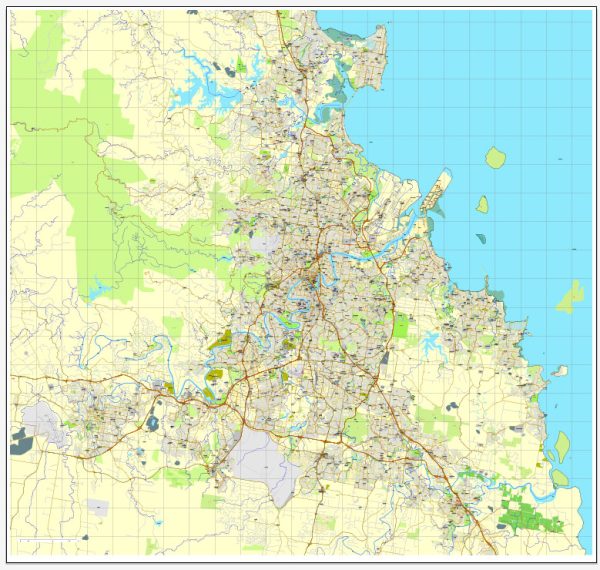
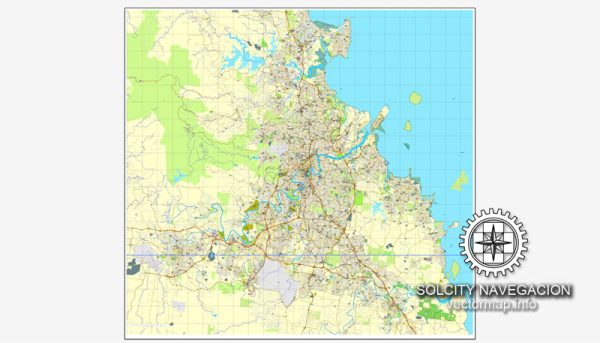
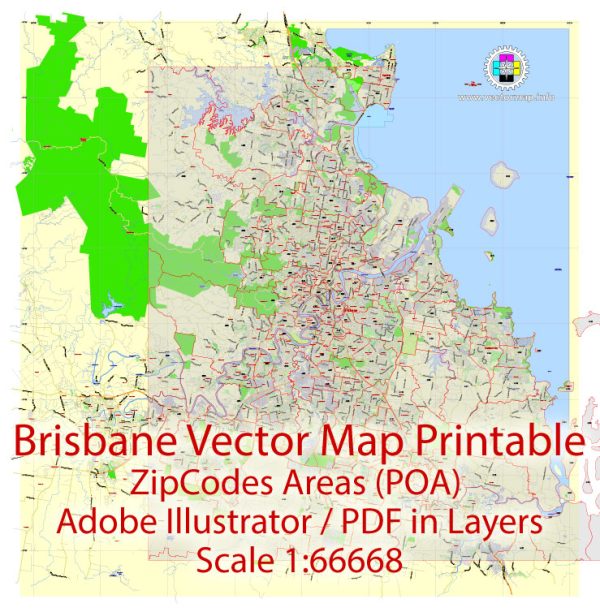
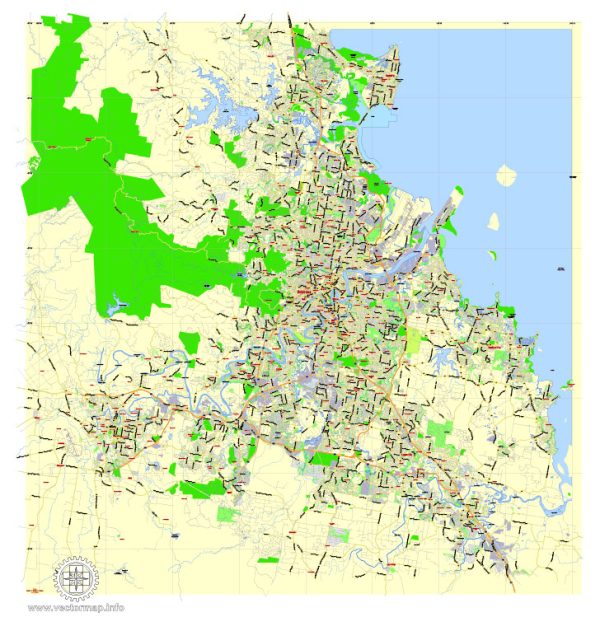
 Author: Kirill Shrayber, Ph.D.
Author: Kirill Shrayber, Ph.D.